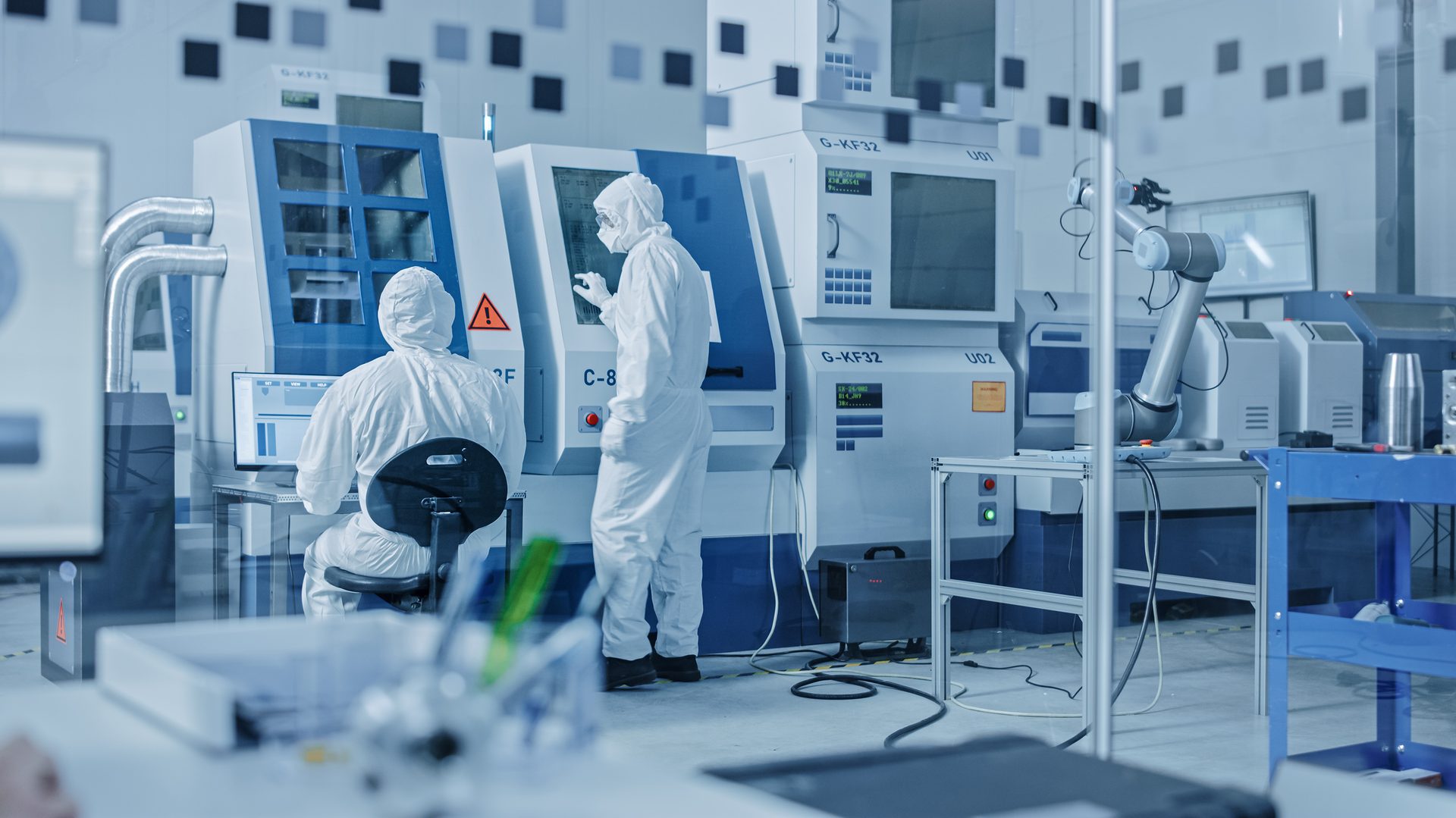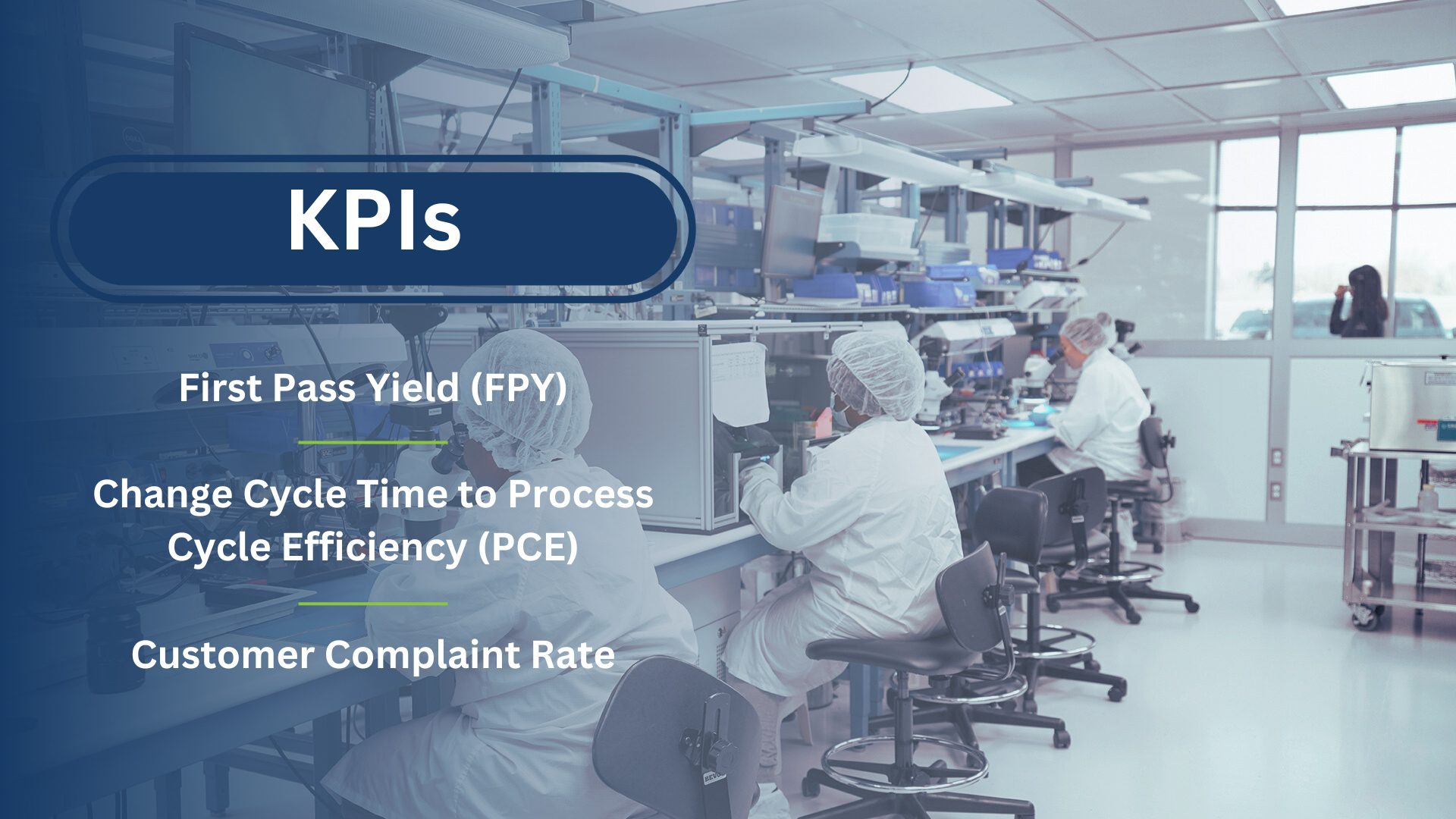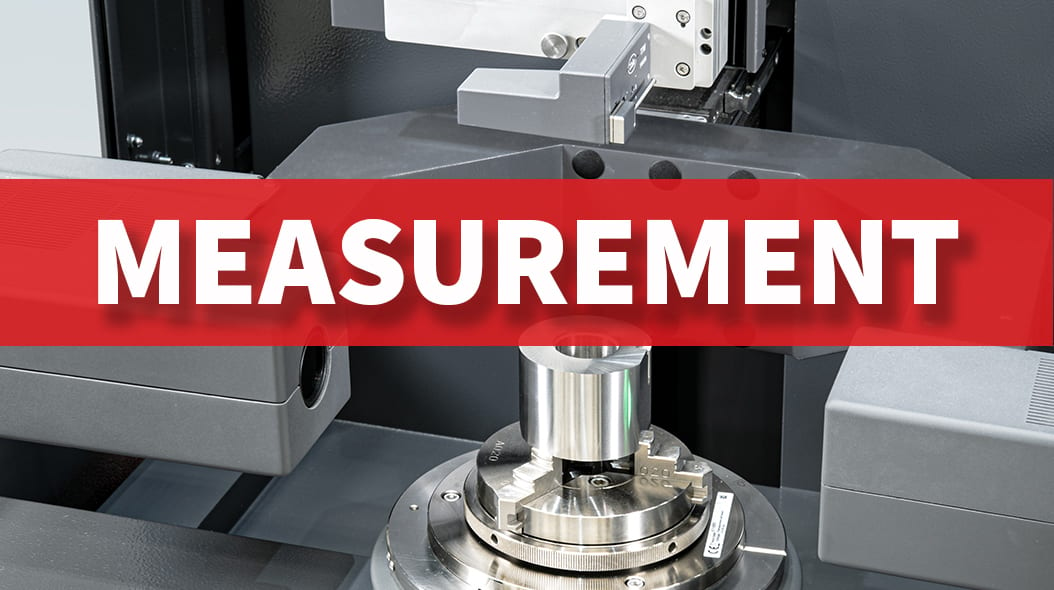H2 Deck By Bold Name
h2 xxxxxx
H1 xxxxxx
h2 xxxxx

Quality 101

By establishing precise parameters for success from the outset and implementing proven strategies, manufacturers can proactively mitigate risks, streamline operations, and foster a culture of excellence. By Jeff Kreuger
Maximizing Medical Device Quality:
A Guide to Implementing Operational Excellence
Quality 101
H2 Deck Info By Paragraph Style Bold
Headline
Ensuring the highest standards of quality is paramount in medical device manufacturing. No matter the healthcare specialty or the size and complexity of the project, operational excellence plays a pivotal role in achieving and maintaining superior quality across all stages of the design, development, and manufacturing processes.
Successful production of medical devices requires a meticulous approach to quality management to achieve a finished product that meets requirements, including ensuring regulatory compliance and safeguarding patient safety. Operational excellence serves as the cornerstone of this endeavor, encompassing a range of practices aimed at optimizing efficiency, minimizing errors, and maximizing product quality.
By establishing precise and consistent parameters for success from the outset and implementing proven strategies, manufacturers can proactively mitigate risks, streamline operations, and foster a culture of excellence throughout operations, thereby enhancing product quality and regulatory compliance.
Let’s explore some of the key elements and best practices for implementing operational excellence within medical device manufacturing to help elevate quality standards and outcomes for industry professionals.
Defining Quality
Quality in terms of medical devices refers to the degree to which a device meets specified requirements and standards, ensuring that a device is safe, effective, and reliable for its intended use. Quality encompasses important phases throughout the lifecycle of a medical device, from design and development, through manufacturing and distribution, to customer satisfaction and patient safety. Ultimately, the end customer in many cases is a patient who will benefit from a life-changing device.
In medical device manufacturing, quality starts at the very beginning; with the receipt, acceptance, and understanding of requirements and product specifications. After the documents are reviewed by engineering, supply chain, operations teams, and quality assurance, manufacturing engineers must establish comprehensive process maps, equipment capabilities, manufacturing and equipment protocols, and control plans for the project. Establishing these parameters at the beginning of the project is critical because they provide an essential guide outlining fundamental steps throughout the manufacturing process.

Source:Cirtec Medical
P - Main body. paragraph of text goes here. Main body. paragraph of text goes here. Main body. paragraph of text goes here.
H3-Subhead Goes Here
P - Main body. paragraph of text goes here. Main body. paragraph of text goes here. Main body. paragraph of text goes here. www.linkgoeshere.com
- Bullets
P - Main body. paragraph of text goes here. Main body. paragraph of text goes here. Main body. paragraph of text goes here.

Caption
Common Challenges of Achieving Operational Excellence
One of the biggest challenges with ensuring quality in medical device manufacturing happens during first contact with the original equipment manufacturer (OEM). Overlooking product requirement details and specifications, or simply not asking the right questions during those engagements, can lead to negative outcomes in production.
Therefore, all team members who are part of the product realization team must understand not only the specifications and requirements of their product, but also its intended use. Overlooking any of these details can ultimately mean the final product does not meet the client’s needs and the entire process will have to be redone.
Identifying and mitigating risks and addressing complexities associated with product design, manufacturing processes, supply chain logistics, and regulatory compliance is crucial for ensuring product quality. First and foremost, projects that are unclear or misunderstood from initiation will experience complications, delays, wasted resources, and money.
Conversely, a vigorous review of requirements and specifications can yield improved processes and robust solutions to long-existing problems. Imagine a team is designing a manufacturing process and questioning the need for seemingly redundant or unnecessary inspections. By working through the purpose and understanding of the true inspection requirements, automation or specific manufacturing controls could be implemented during the process design phase to build confidence in the capability of a process, making it possible to eliminate non-value-added steps.
Achieving operational excellence in medical device manufacturing can involve other significant challenges, including:
- Regulatory Compliance: Meeting the manufacturing process requirements imposed by authorities, such as the Food and Drug Administration (FDA) and European Medicines Agency (EMA), demands meticulous adherence to regulations.
- Supply Chain Management: Medical device manufacturing often involves a complex network of suppliers and vendors. Ensuring the reliability and quality of raw materials and components, as well as managing inventory and logistics, can pose significant challenges, particularly in the face of a more challenging landscape for global supply chains.
- Technology Integration: Integrating advanced technologies such as automation, robotics, and data analytics into manufacturing processes can enhance efficiency and quality. However, the implementation of these technologies may be hindered by factors such as cost, compatibility with existing systems, and workforce training requirements. Successful implementation of automation requires adherence to the business case, deliberate design reviews, and rigorous acceptance testing to deliver desired outcomes.
- Continuous Improvement: Sustaining operational excellence requires a commitment to continuous improvement and innovation. Overcoming resistance to change, fostering a culture of innovation, and effectively implementing feedback mechanisms to identify and address areas for improvement are ongoing challenges that are met by the disciplined use of management systems that clarify the voice of the process. Effective management systems focus production teams on opportunities for improvement and demand improvement actions. Well-designed management systems highlight inaction!
- Cost Management: Balancing the need for high-quality products with cost considerations is a perpetual challenge in medical device manufacturing. Optimizing manufacturing processes, minimizing waste and identifying opportunities for cost savings without compromising quality are ongoing priorities for manufacturers. Gemba Walk programs, and mastery of value stream transformation techniques, are tools that teams should use to drive waste out of processes and improve cash cycles.
Key Principles and Methodologies to Address Challenges
Implementing operational excellence in the production of medical devices involves adopting key principles and methodologies to optimize processes, enhance quality, and drive continuous improvement, including:
- Lean Manufacturing: Lean principles focus on eliminating waste and improving efficiency throughout the production process. This process involves identifying and reducing non-value-added activities, such as excess inventory, waiting times, and unnecessary movement. By streamlining workflows and maximizing resource utilization, lean manufacturing helps to enhance quality while minimizing costs and lead times. Moreover, it’s important to note that lean manufacturing is much more than a collection of tools and programs. Successful lean implementations are truly cultural and can be seen in the actions of the most senior leaders and most junior new hires.
- Six Sigma: Six Sigma is a data-driven approach to reduce variation and defects in manufacturing processes. It employs statistical analysis and problem-solving methodologies, such as DMAIC (Define, Measure, Analyze, Improve, Control), to identify root causes of defects and implement targeted solutions. Six Sigma methodologies can be applied to improve product quality, increase yield rates, and enhance overall process performance in medical device manufacturing.
- Total Quality Management (TQM): TQM is a management approach that emphasizes the importance of quality in all aspects of an organization's operations. It involves continuous improvement, customer focus, and employee involvement to achieve organizational excellence. In the context of medical device manufacturing, TQM principles guide the implementation of quality management systems, process optimization, and ongoing monitoring and feedback mechanisms to ensure consistent product quality and regulatory compliance. Similar to Lean Manufacturing, a belief in quality is cultural. Strong quality-minded cultures empower team members to create no-defect, accept no-defect, or pass no-defect.
Important Key Performance Indicators
Tracking the effectiveness of operational excellence initiatives in medical device manufacturing requires monitoring key performance indicators (KPIs) that reflect various aspects of quality, efficiency, and operational performance. Some important KPIs to weigh during the design, development, and manufacturing process include:
- First Pass Yield (FPY): FPY measures the percentage of products that pass through the manufacturing process without requiring rework or correction. A high FPY indicates efficient and effective processes, while a low FPY may signal issues with quality or process variability.
- Change Cycle Time to Process Cycle Efficiency (PCE): PCE shows the relative percentage of value added in the total manufacturing lead time of a product. Low process cycle efficiency tells production teams that opportunities to eliminate waste abound!
- Customer Complaint Rate: Customer complaint rate is a key performance metric used by businesses to gauge the level of satisfaction among their customers regarding product quality or performance. It involves tracking the number of complaints received from customers over a specific period of time relative to the total number of products sold during that same period.
By proactively addressing customer concerns, manufacturers can build stronger customer relationships and drive long-term success.
Achieving Operational Excellence
In an increasingly competitive landscape, the commitment to operational excellence is a critical strategy and tenet for medical device manufacturers. By first defining quality and understanding the complexities involved at the start of every project, and implementing key principles to address challenges, manufacturers can position themselves for sustained success in an ever-evolving industry, making the goal of maximizing medical device quality not only attainable but also synonymous with operational excellence.
